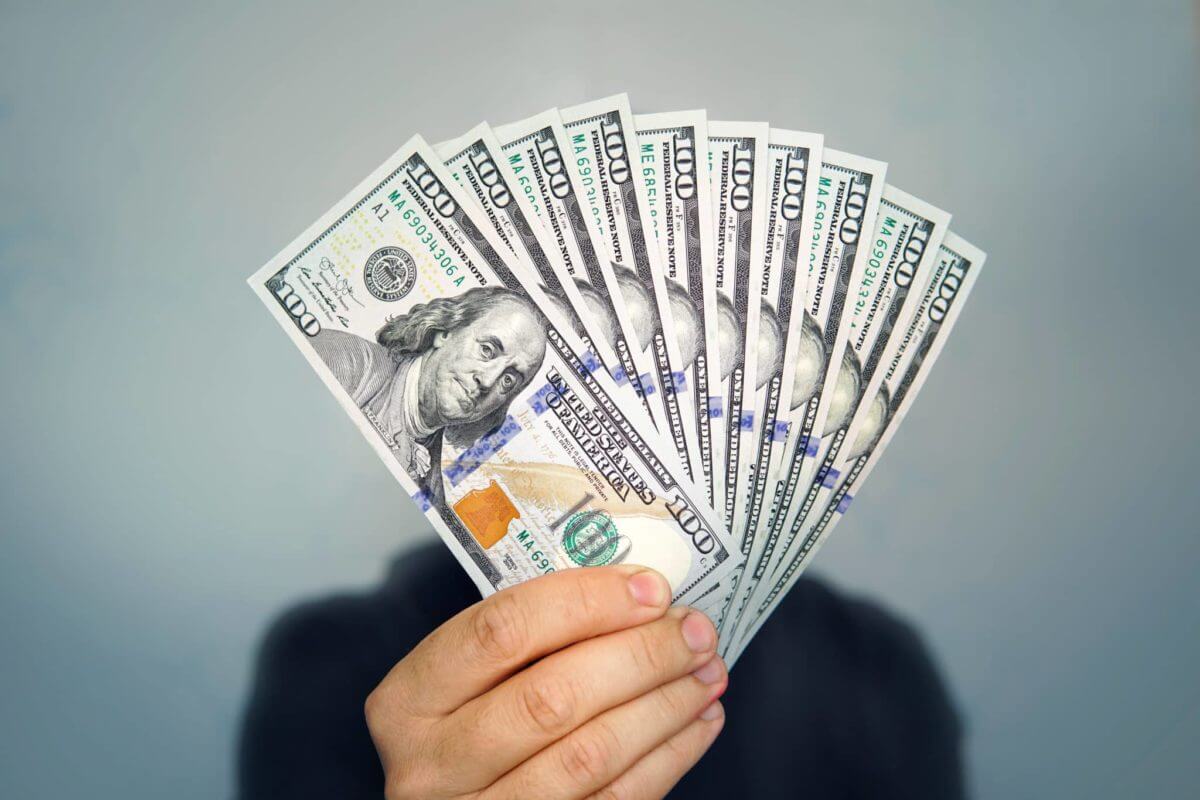
Dollar up amid fears of inflation and interest rate hikes
The U.S. dollar surged on Wednesday amid concerns that rising energy prices could spur inflation and interest rate hikes. Remarkably, traders are waiting for U.S. jobs data for hints on the timing of Fed policy tightening.
As we know, the RBNZ lifted its official cash rate for the first time in seven years. However, it’s essential to note that its resolutely hawkish tone only appeared to add to optimism that the Federal Reserve would follow suit and the New Zealand dollar fell as U.S. yields soared.
The risk-sensitive New Zealand was down 0.9% at $0.6891, while its Australian counterpart dropped 0.7% to settle at $0.7265.
Meanwhile, the euro was traded below $1.16 and last bought $1.1567, higher than the 14-month low of $1.1563 it hit last week.
The safe-haven currency, the Japanese yen, declined to a one-week low of 111.79 per dollar in tandem with a surge in Treasury yields. Notably, it can draw investment flows from Japan. It was wavered close to 18-month low of 112.08 hit last Thursday.
The greenback was supported as traders brace for the Federal Reserve to start tapering asset tapering this year.
Federal Reserve funds futures markets are priced for rate hikes to start in November 2022 but anticipate rates topping out at just more than 1% through 2025. However, Fed members project rates hitting 1.75% in 2024.
Remarkably, U.S. yields increased on Wednesday, and the U.S. dollar index surged 0.1% to 94.082.
Friday’s U.S. non-farm payrolls data will likely to provide Fed’s tone and timing
The market is now waiting for U.S. non-farm payrolls data which is due on October 8. Notably, it’s expected to be crucial to informing the Fed’s tone and timing. Additionally, private payrolls figures are due around 1215 GMT.
A large miss on market expectations for about 428,000 jobs to have been added in September could dampen anticipations for Friday’s broader figure, which is forecast at 473,000.
Furthermore, the Canadian dollar declined from a one-month high, and the Norwegian crown fell from a three-month peak.
The British pound has recovered some of last week’s sharp sell-off versus the dollar. However, the currency lost momentum through the Asian session. The sterling declined by 0.4% against the dollar to settle at $1.3570. Meanwhile, it held just below Tuesday’s three-week high against the euro.
Moreover, in New Zealand, a 25 basis point rate hike and hawkish tone from the central bank supported the currency, despite anticipations for further hikes in November and February.


